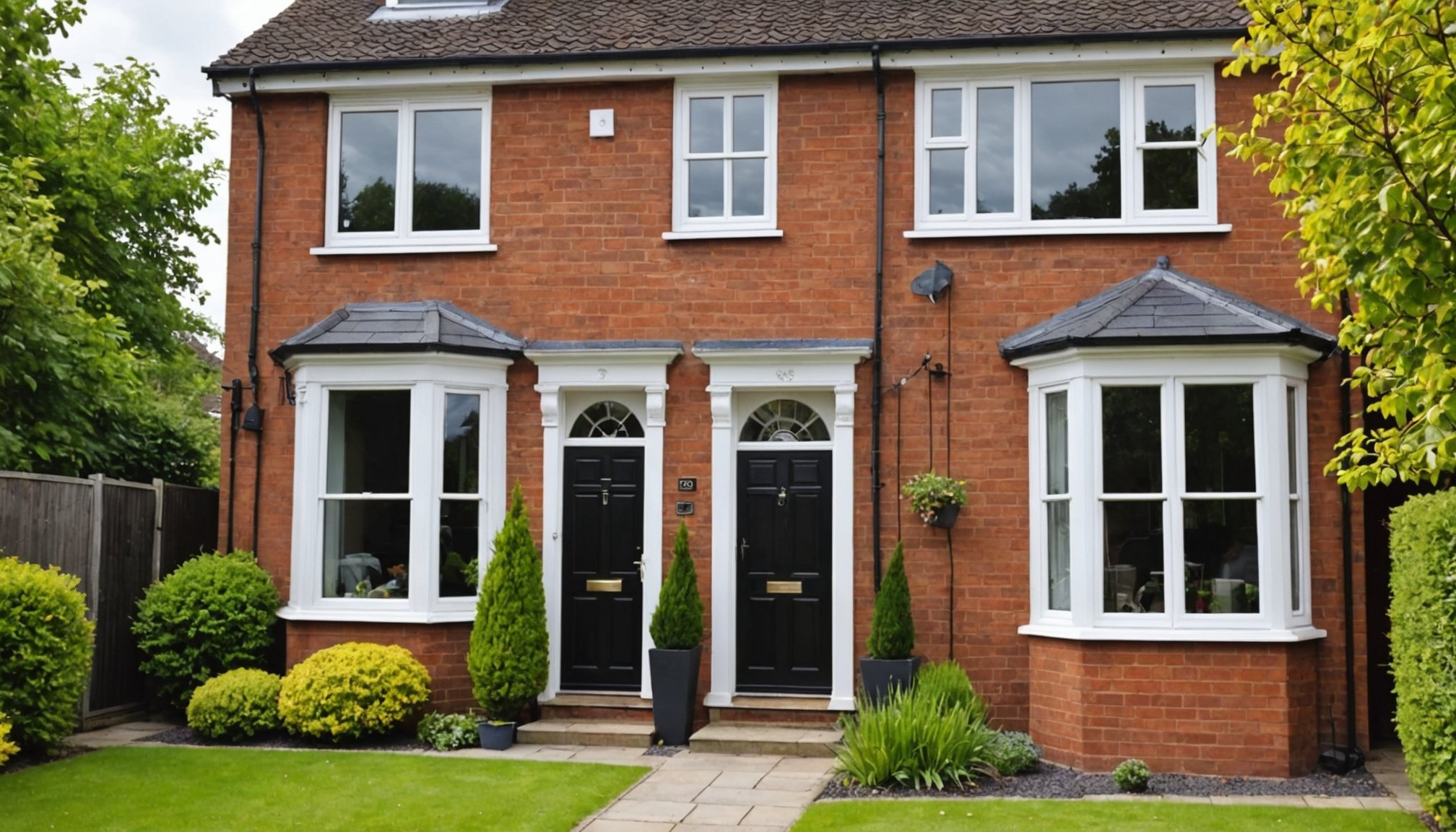Understanding Buyer Preferences in the Post-Pandemic Market
Navigating the UK market trends in the post-pandemic era reveals insightful shifts in buyer preferences as they adapt to new lifestyles and expectations. The pandemic has significantly influenced these preferences, with buyers placing heightened importance on particular aspects of a property.
One of the major priorities emerging is the significance of outdoor space. Buyers are increasingly leaning towards properties offering gardens, balconies, or proximity to parks. Such spaces not only provide a retreat but also enhance the quality of life through access to nature and opportunities for outdoor activities.
Also to see : Maximizing Home Comfort: A Guide for UK Homeowners to Enhance Their Properties for Remote Work Success
Another crucial consideration is the functionality of a home office. With remote work becoming more prevalent, buyers are actively seeking homes that have dedicated office spaces or the flexibility to create one. This reflects a shift towards valuing versatility in living spaces.
The digital transformation in home buying is also notable, with virtual tours and digital marketing strategies gaining traction. Buyers now expect seamless virtual tours as part of the property viewing process. Embracing these digital tools can significantly enhance the buying experience, offering convenience and a more comprehensive understanding of potential purchases without physical presence. Engaging effectively in this new landscape requires adapting to these evolving priorities.
Also read : Vallourec stock: exploring the shareholding dynamics and trends
Preparing Your Property for an Open House
To captivate potential buyers, property preparation is crucial. Start by cleaning every inch and decluttering for enhanced visual appeal. Not only does a spotless environment make the space seem inviting, but it also allows buyers to imagine their belongings in the home.
Staging strategies come next. Arrange furniture strategically to maintain optimal flow. This ensures visitors can explore without feeling cramped. Consider the room’s purpose and use arrangements that amplify functionality and comfort. For instance, in living areas, placing a sofa facing a fireplace or window highlights focal points.
Natural light plays a transformative role. Prioritize its use by opening curtains wide and replacing heavy drapes with lighter fabrics. Not only does this brighten the space, but it also highlights the room’s features. Coupled with soft, neutral color palettes, it creates an airy and open atmosphere. A well-chosen palette can subtly influence perceptions, making spaces appear larger and more inviting.
These open house tips make your property shine, enticing buyers by offering an experience more akin to their future home. Balancing cleanliness, strategic staging, and light aspects can make your property unforgettable amidst a competitive market.
Visual Merchandising Ideas
Creating appealing interiors necessitates an understanding of various aspects of visual merchandising. Effective staging techniques can transform spaces to make them inviting and engaging for customers. An often overlooked facet is the integration of plants and personal touches. Plants add vibrancy and a breath of fresh air, serving as a natural focal point that draws attention. Incorporating personal touches can make a space feel more intimate and relatable, thus increasing its appeal.
Lighting plays a crucial role in creating the desired ambiance. The correct balance between natural and artificial lighting can enhance the mood of a space, making it more inviting. Similarly, scents act as invisible tools that can evoke emotional responses. A strategically chosen scent can welcome customers and ensure a memorable experience.
Showcasing versatile spaces for their potential uses is another crucial component. By demonstrating how an area can be transformed for different purposes, you allow customers to envision multiple scenarios. This not only highlights the space’s adaptability but also encourages customers to interact with the environment. Visual merchandising is a blend of art and practicality, where each element—plants, lights, scents, or arrangements—works together to create an inviting space that speaks to the customer’s needs and imaginations.
Effective Marketing Strategies
In today’s competitive market, leveraging digital marketing is essential for success. One powerful approach is utilizing social media platforms for outreach. By doing so, you can tap into a vast audience and engage potential buyers directly. Whether it’s Instagram’s visually driven focus or Facebook’s diverse user base, each platform offers unique opportunities for connection.
Creating engaging online listings is another critical strategy. High-quality visuals can make all the difference in capturing attention. Listings featuring professional photos or videos not only highlight the property’s best features but also offer a comprehensive view of the space. An immersive experience fosters a deeper connection with potential buyers, increasing the likelihood of a sale.
Offering virtual open houses alongside traditional in-person viewings is highly beneficial. This approach allows for a broader audience reach, accommodating those who may be unable to attend physically. Virtual open houses enable potential buyers to tour a property from the comfort of their own home, providing a convenient and flexible alternative.
By combining these marketing strategies, your approach becomes not only more comprehensive but also more effective in reaching and engaging your target audience.
Key Statistics and Trends Affecting the UK Property Market
In the aftermath of the pandemic, the UK property market has undergone significant shifts. Current market statistics reveal a fluctuating landscape, with regional variations in property prices and increased demand for suburban homes. This shift reflects changing priorities for many.
A detailed real estate trends analysis indicates a surge in remote working arrangements. Consequently, there is a growing interest in homes offering more space and proximity to natural settings. Urban areas have seen a relative depreciation, while suburban and rural localities are experiencing heightened interest.
Buyer behaviour analysis demonstrates an evolving demographic. Younger buyers, particularly those tech-savvy and working remotely, are actively entering the market. There is a preference for energy-efficient homes and properties equipped with modern conveniences. Family-oriented buyers continue to seek larger homes, reflecting an enduring demand for space.
As for future predictions, it’s anticipated that demand in suburban areas will continue. This expectation stems from the sustained real estate trends indicating a preference for flexible living conditions. Market analysts foresee moderate price growth in these regions, whereas urban centres may stabilise but remain less vibrant in comparison to pre-pandemic levels.
Understanding these dynamics is crucial for making informed decisions in the evolving UK property landscape.











